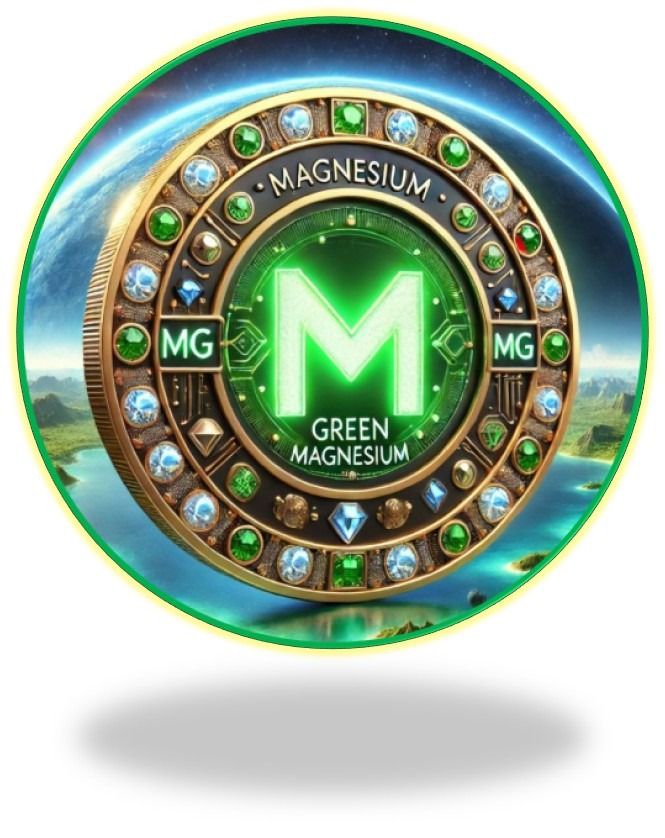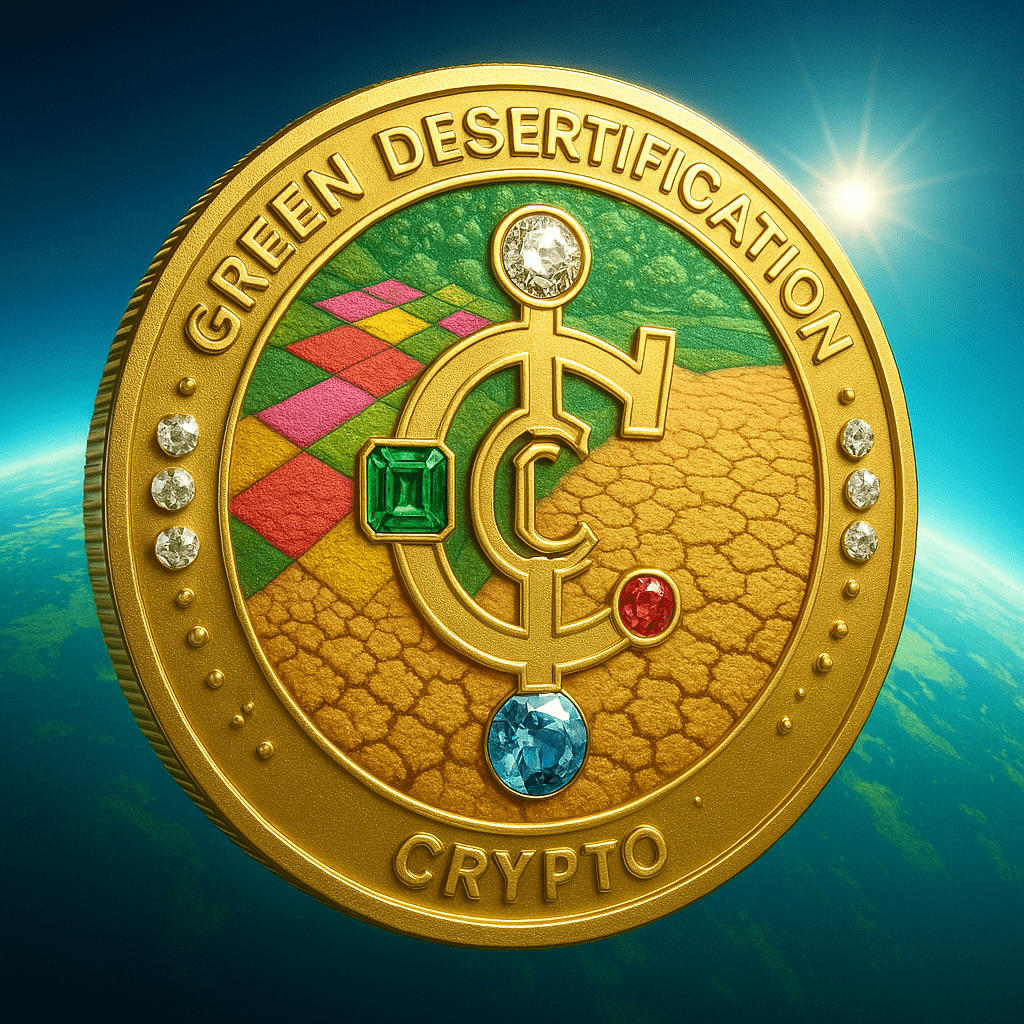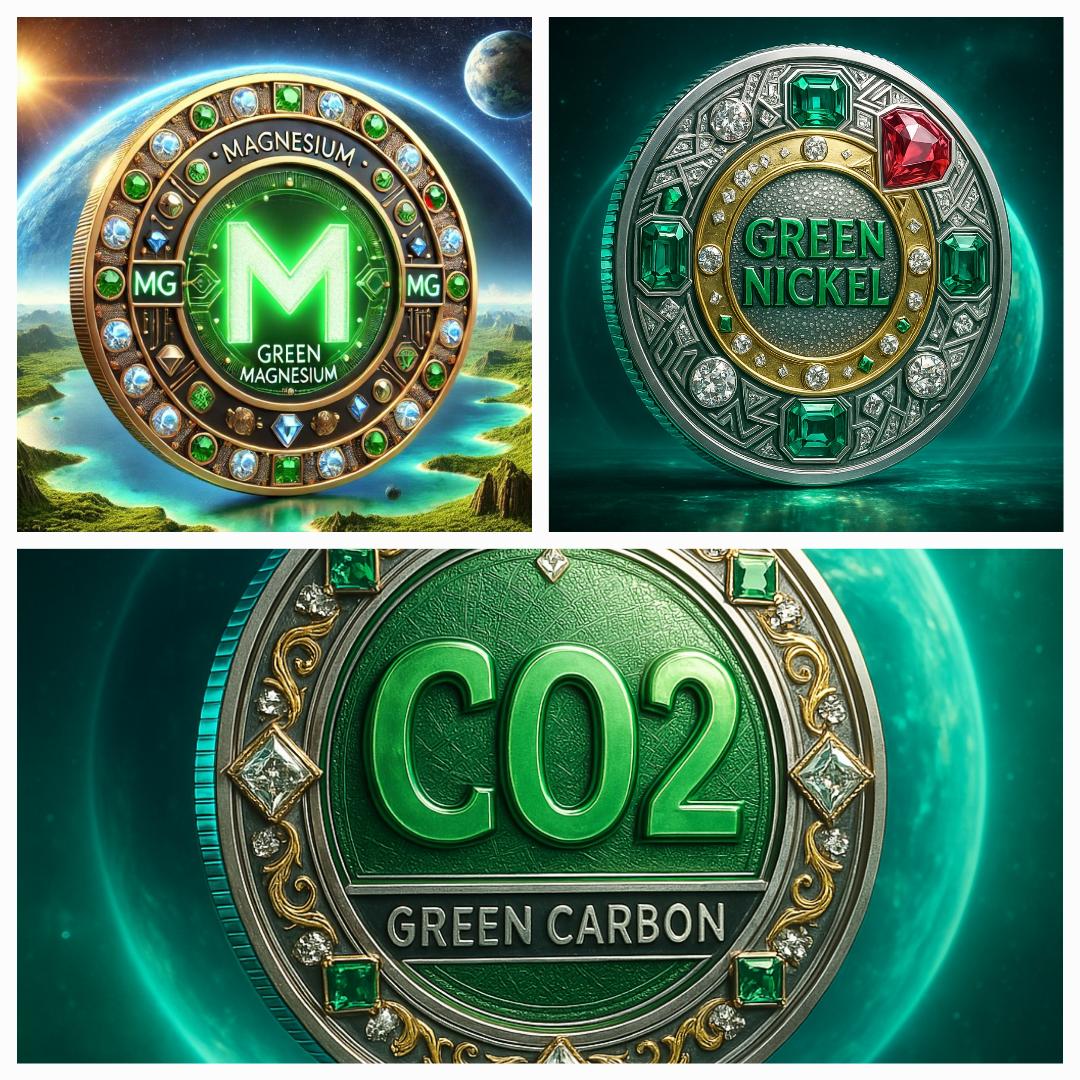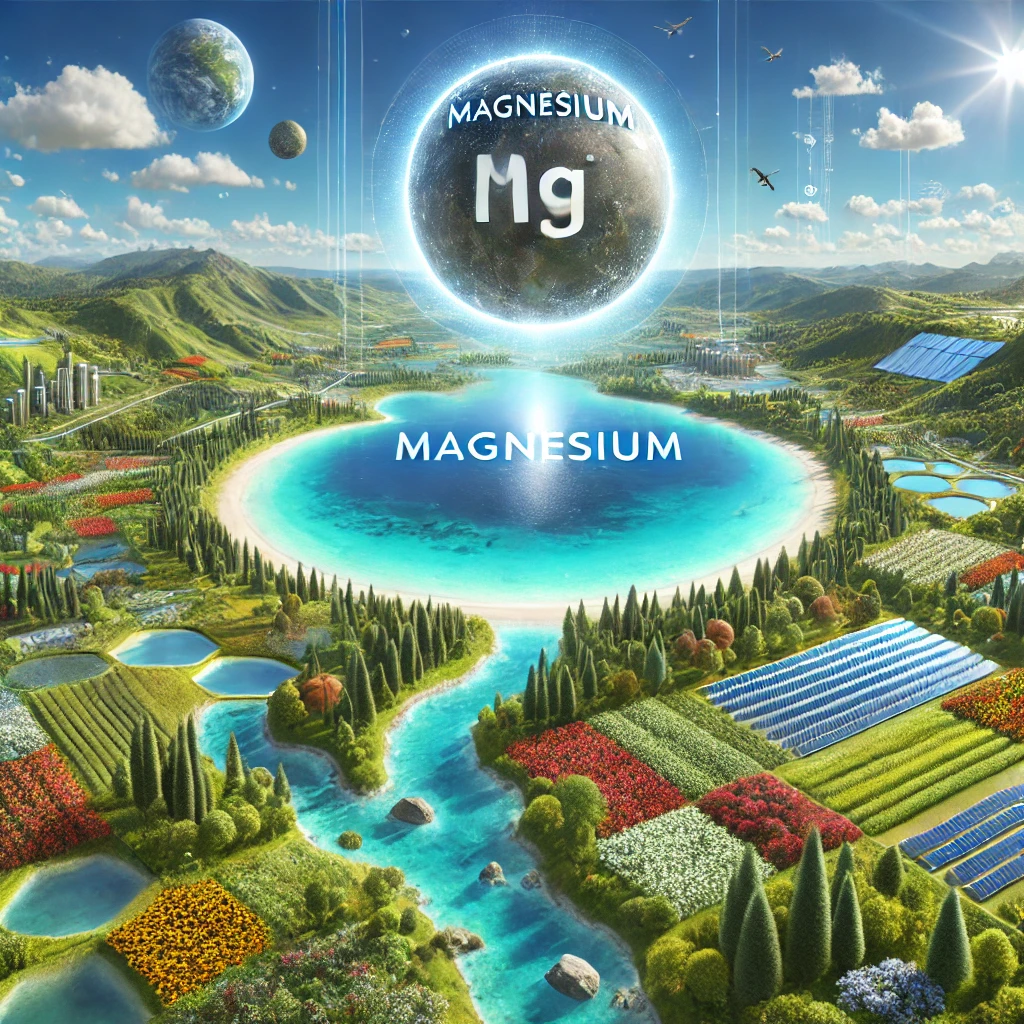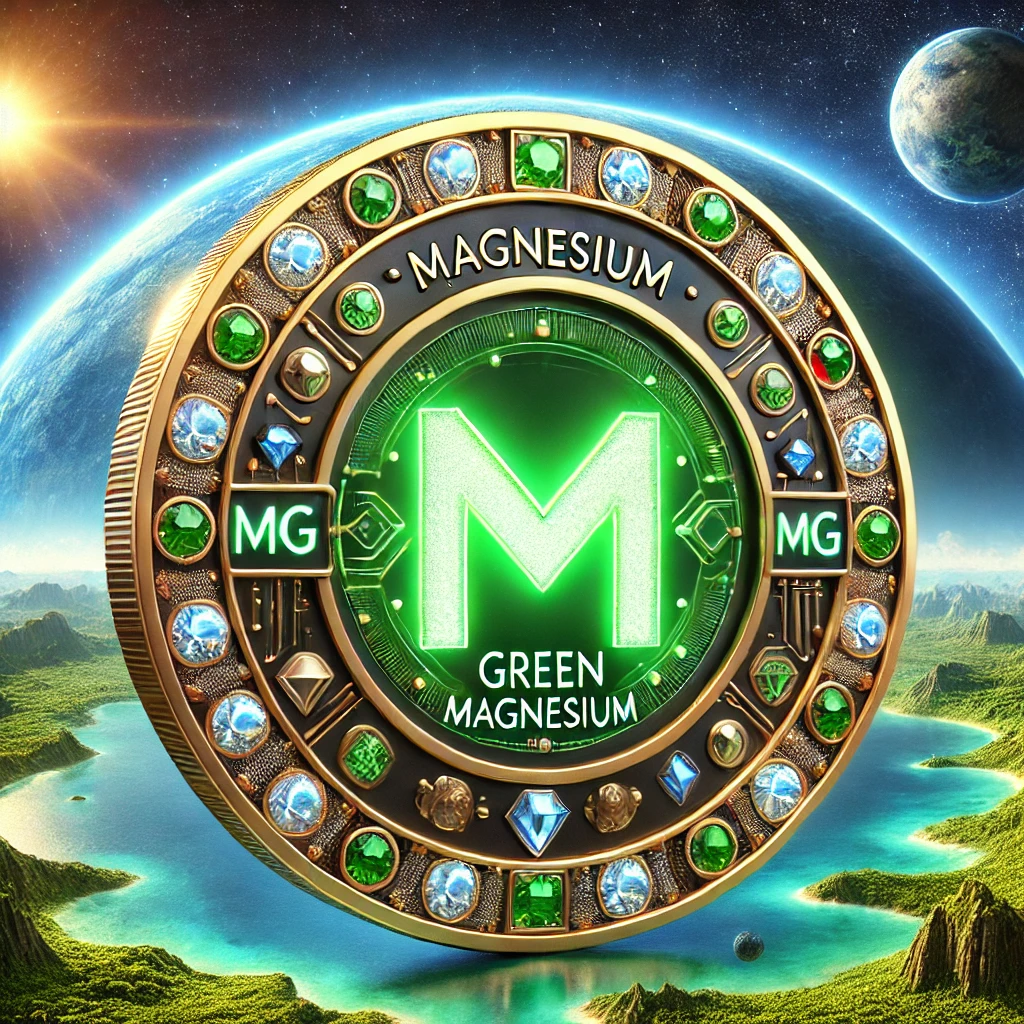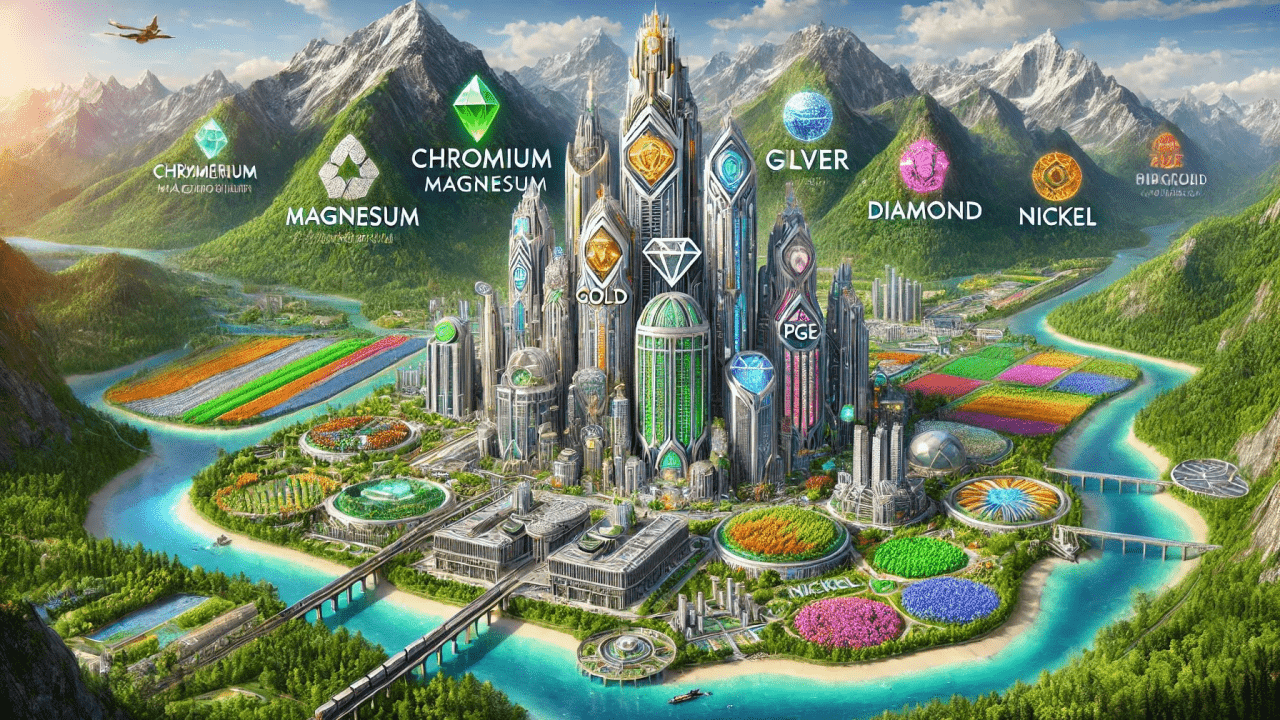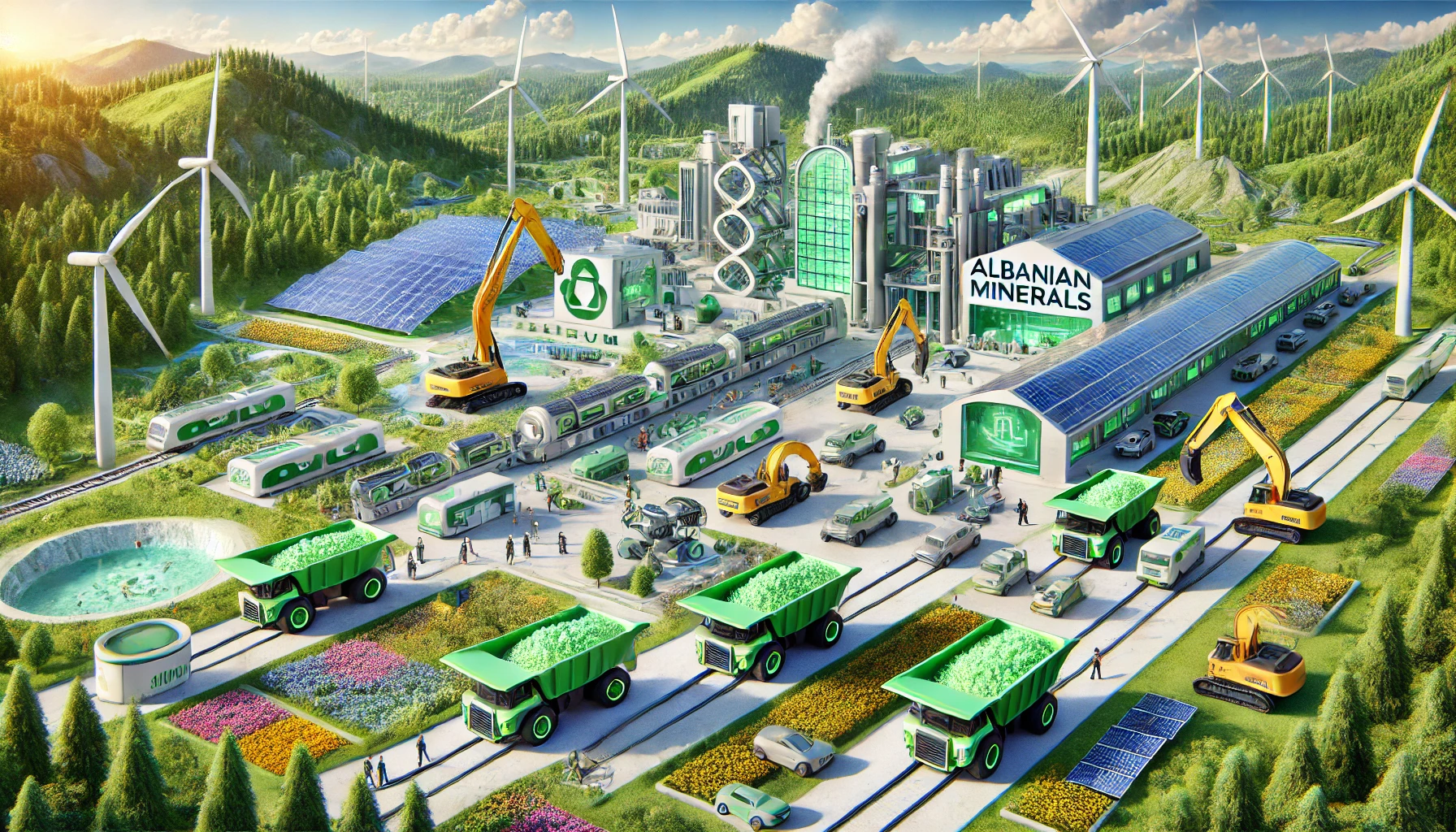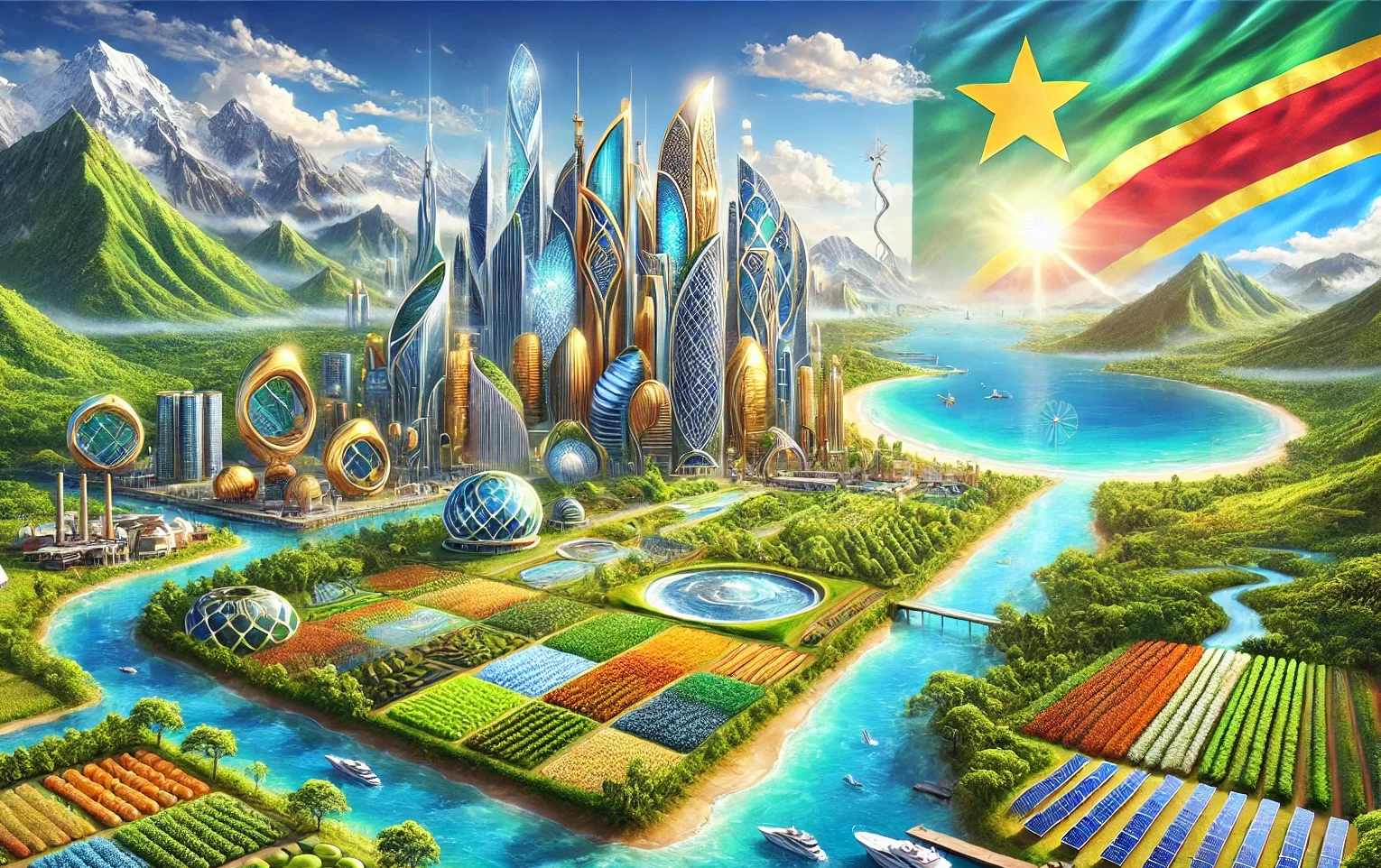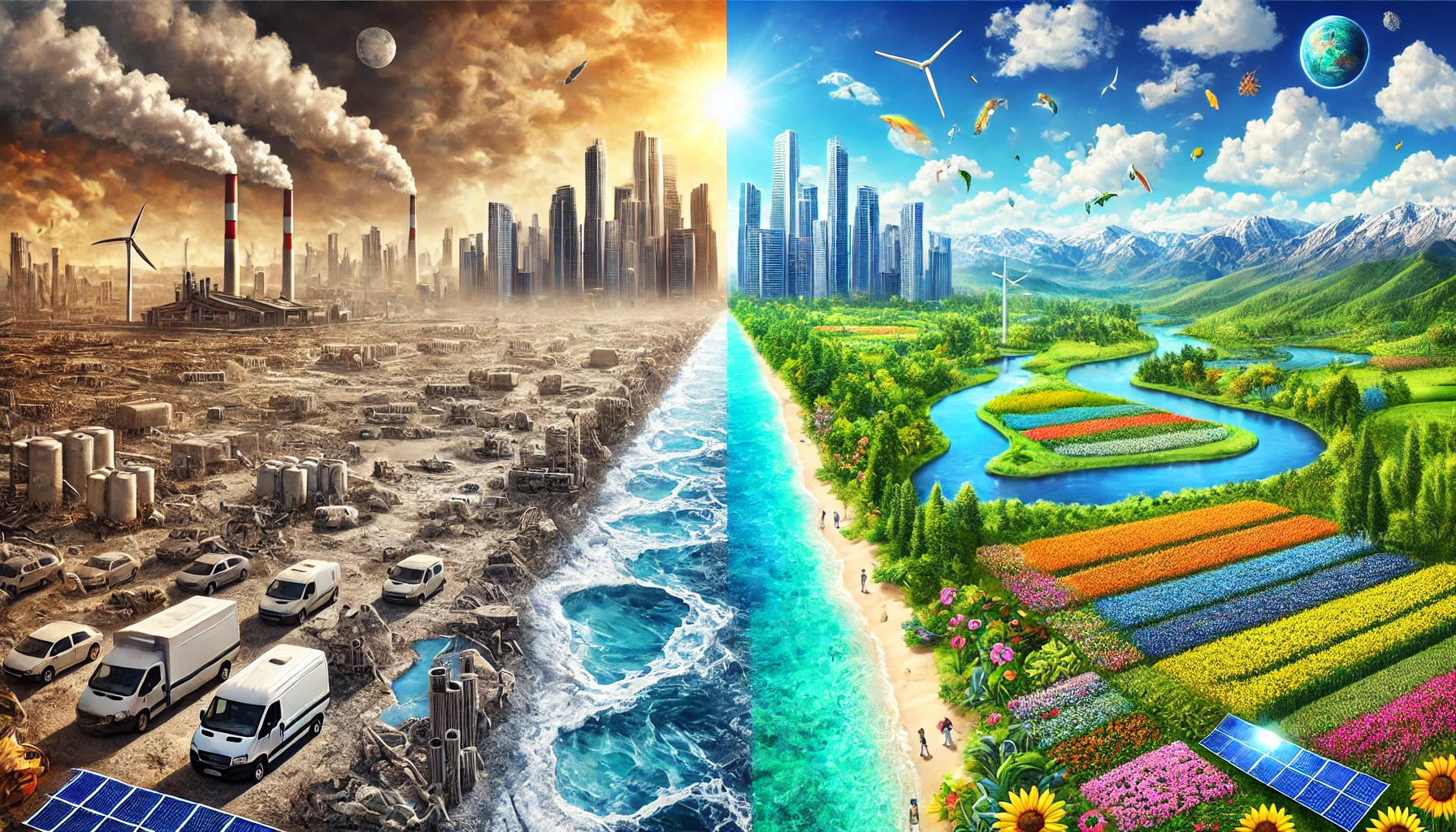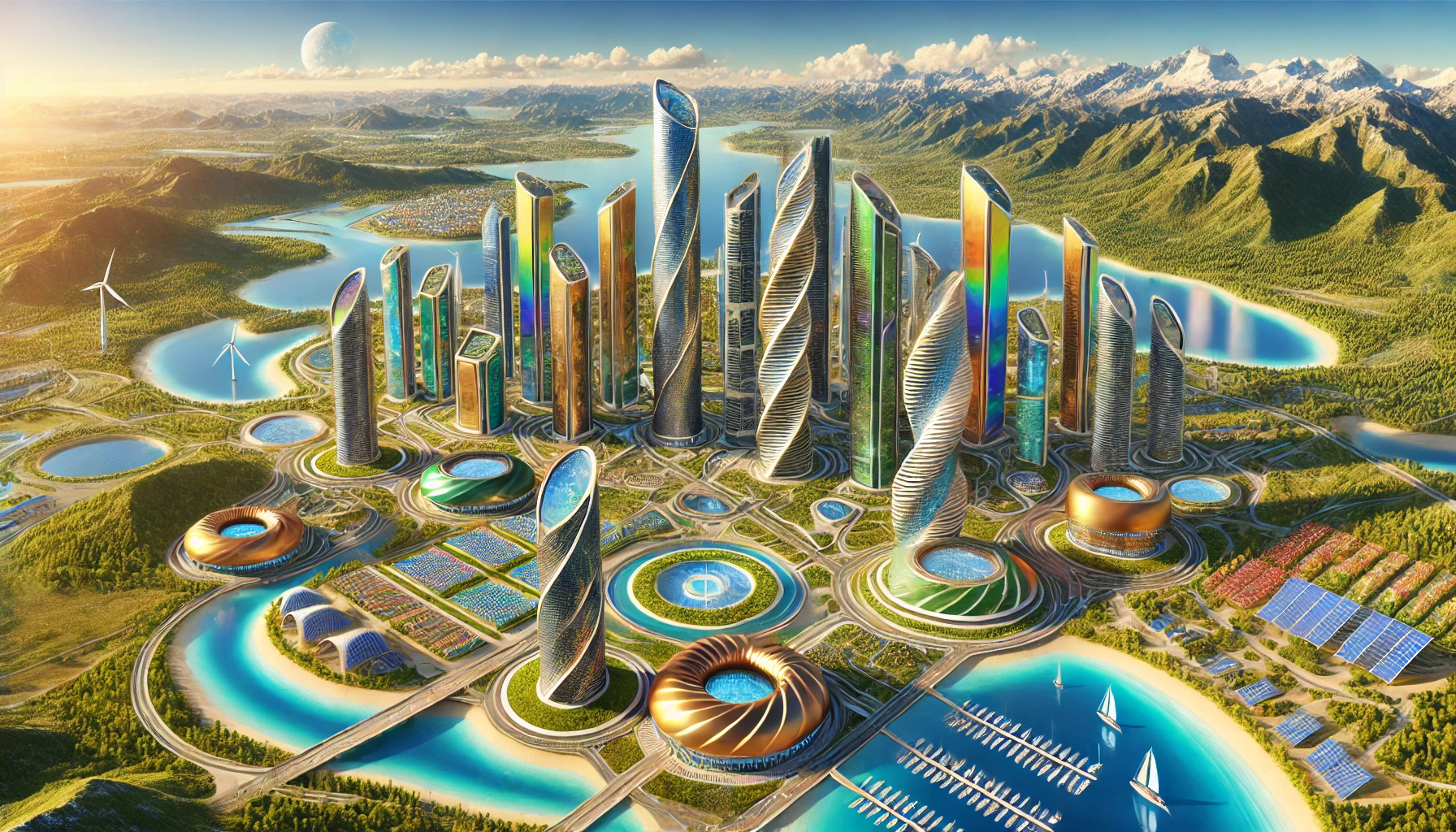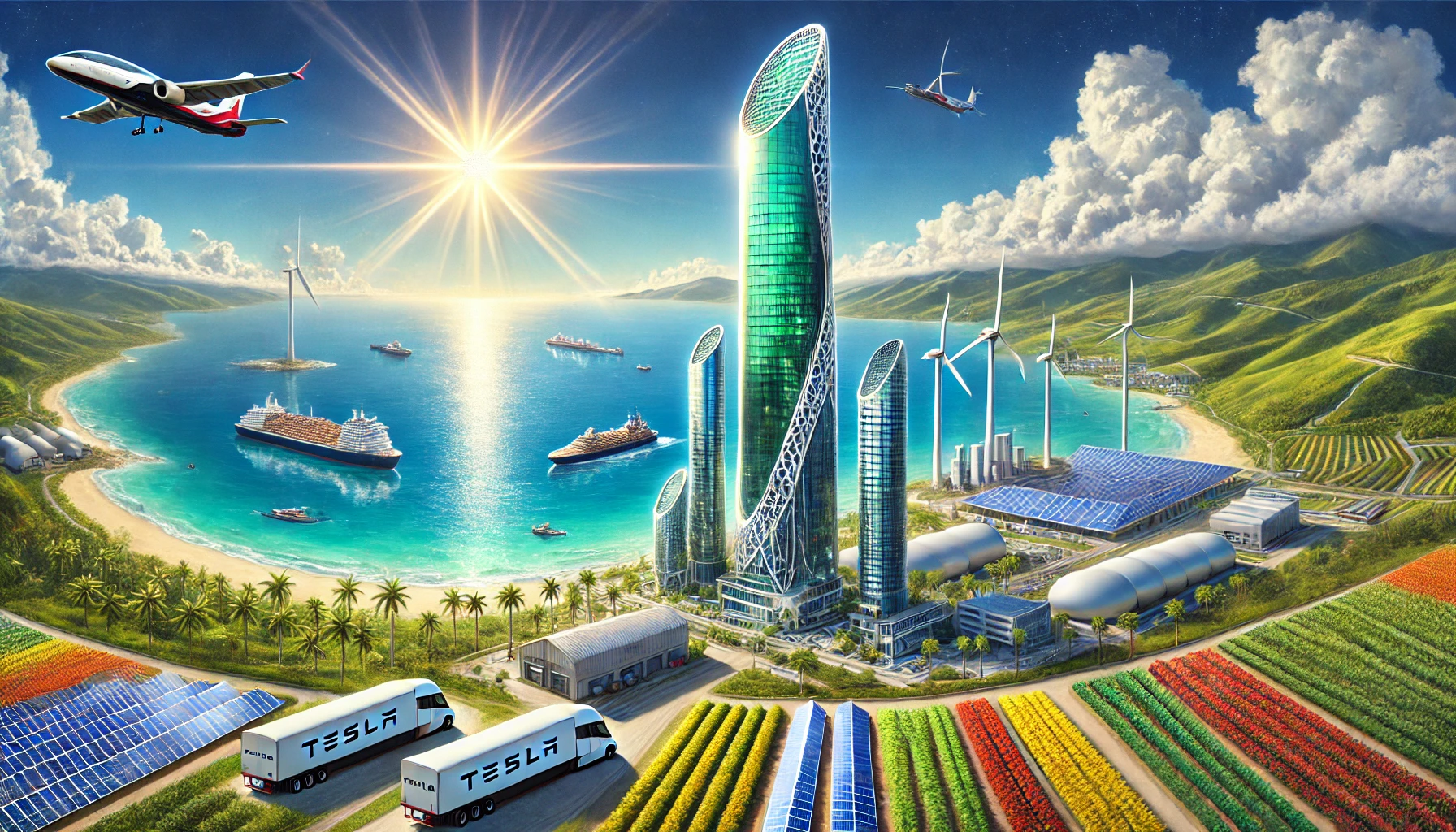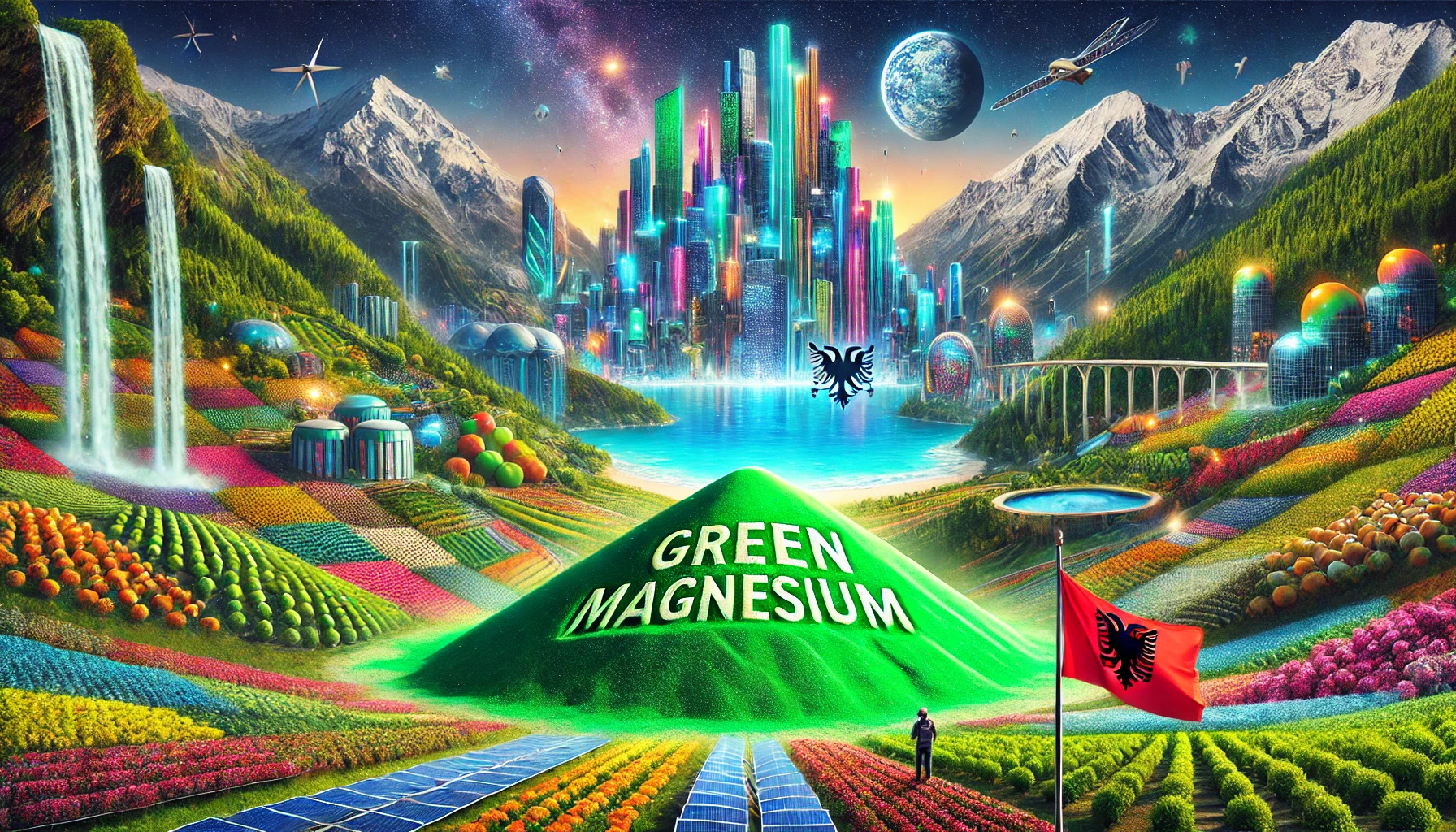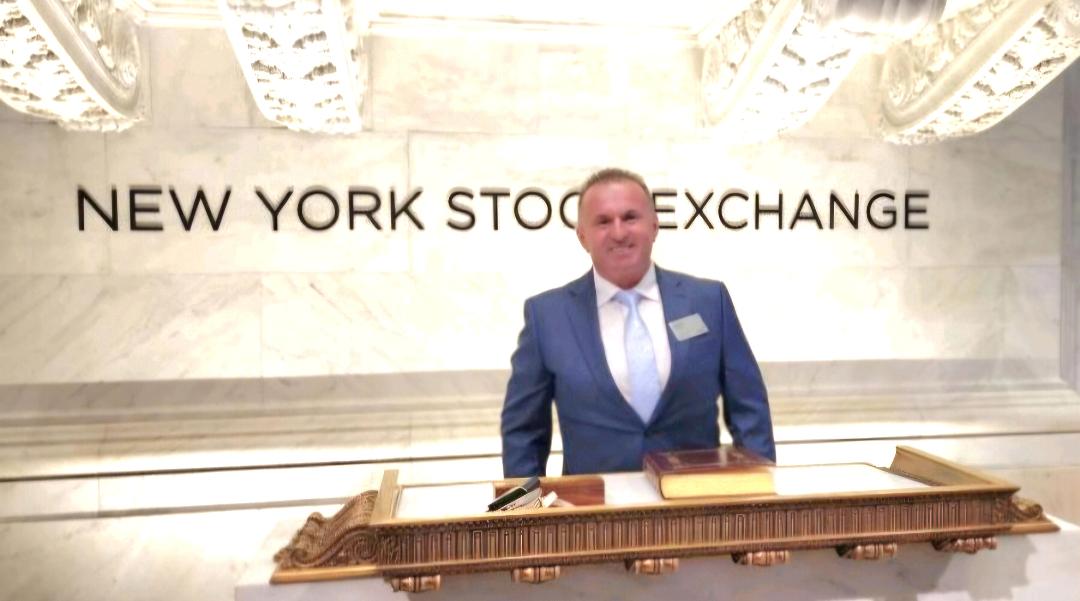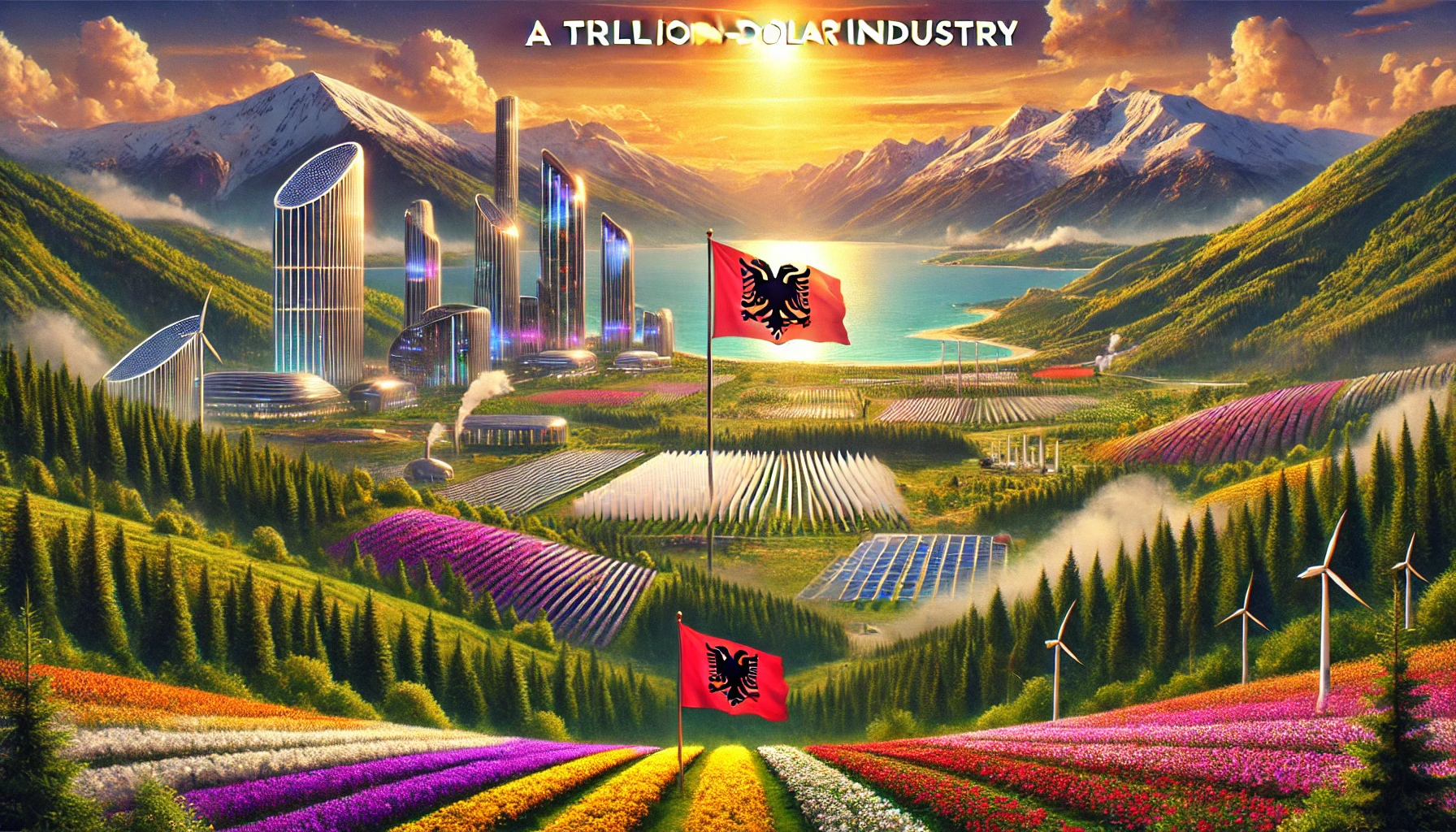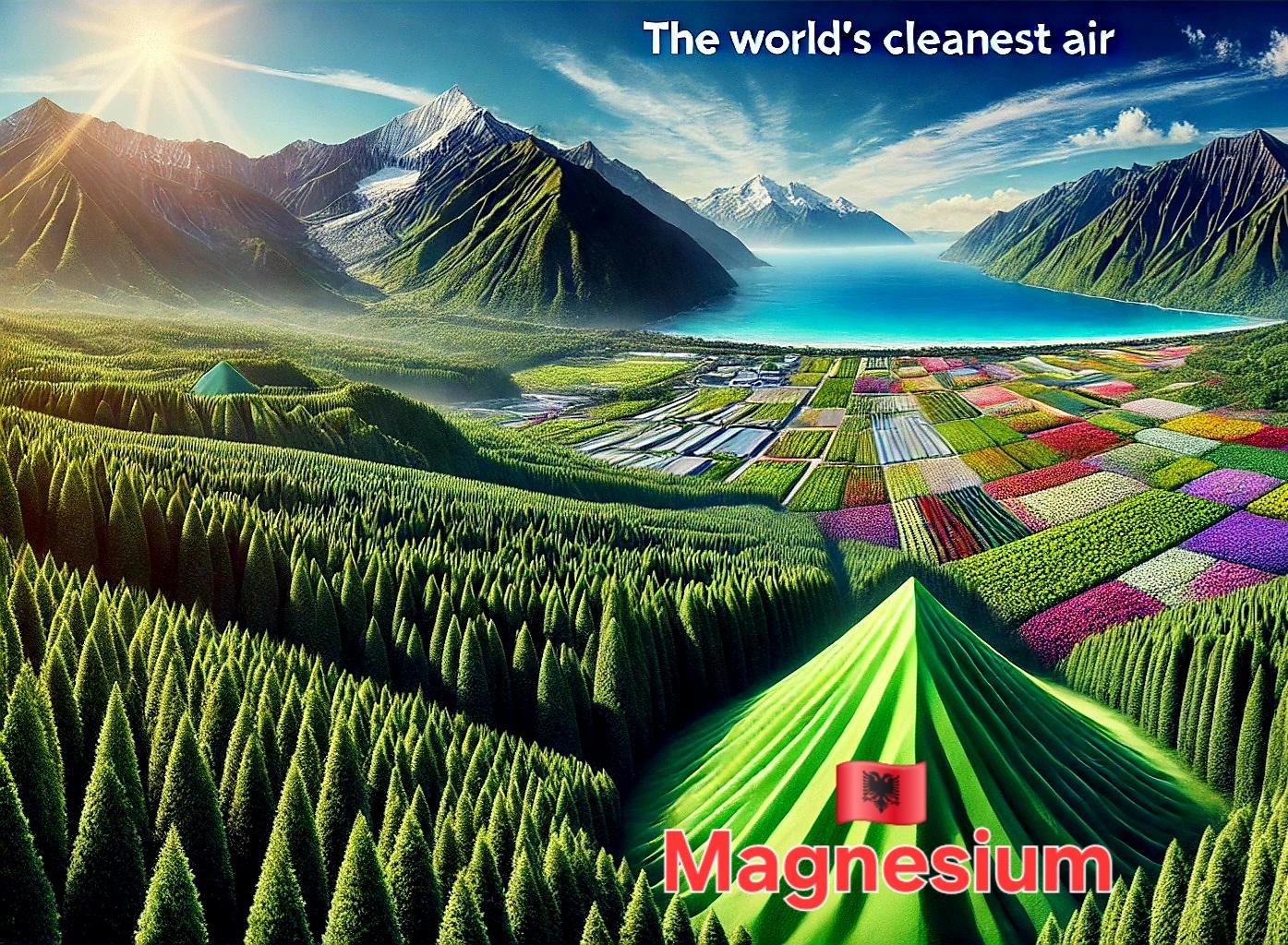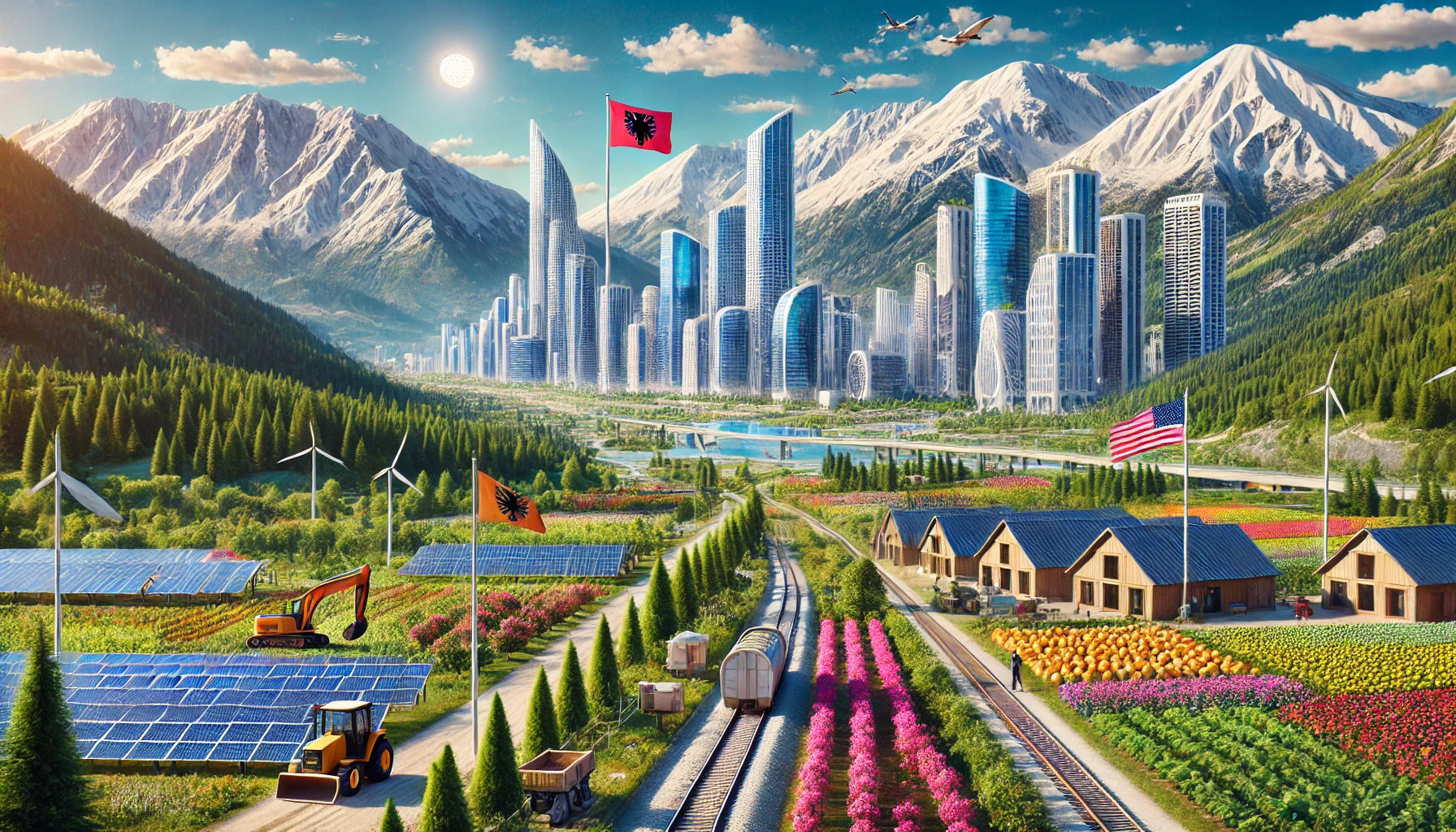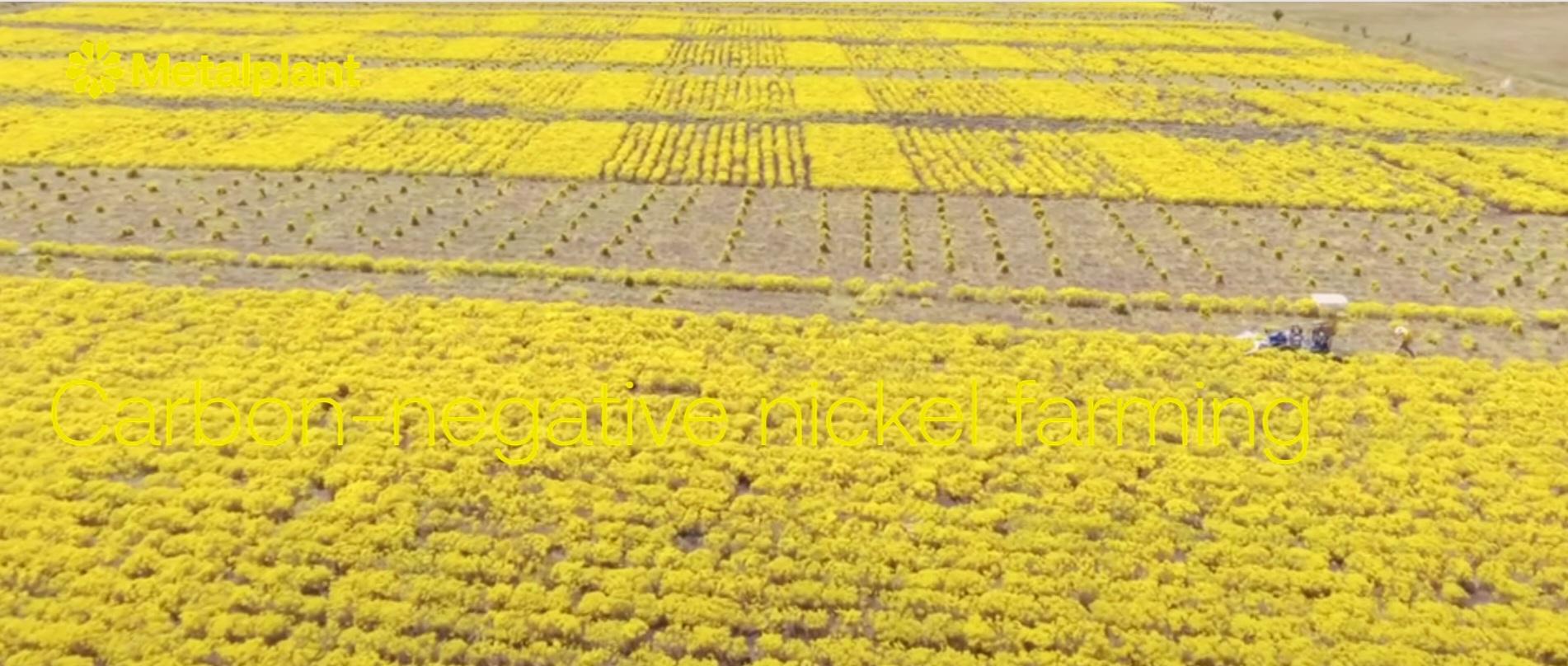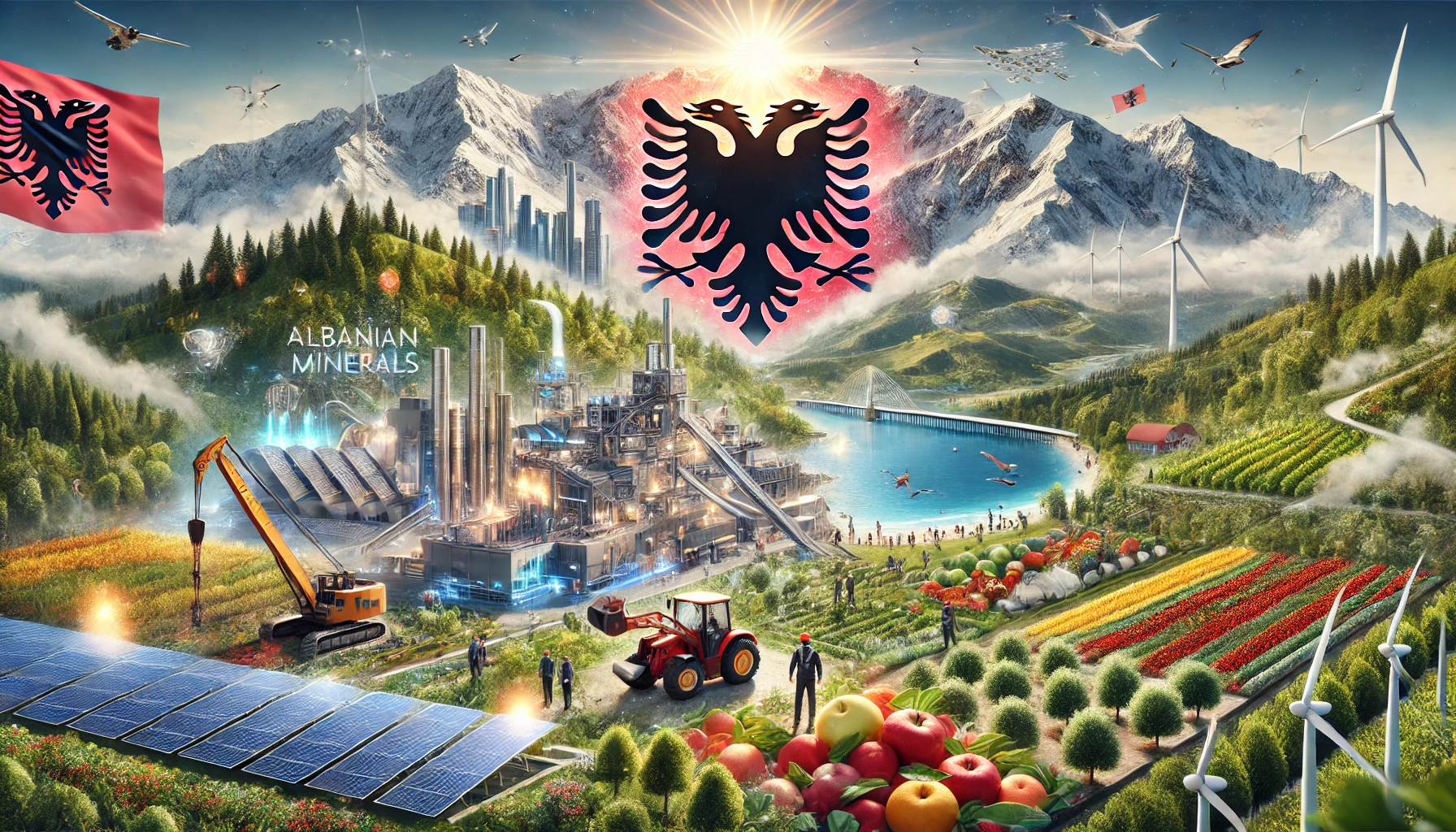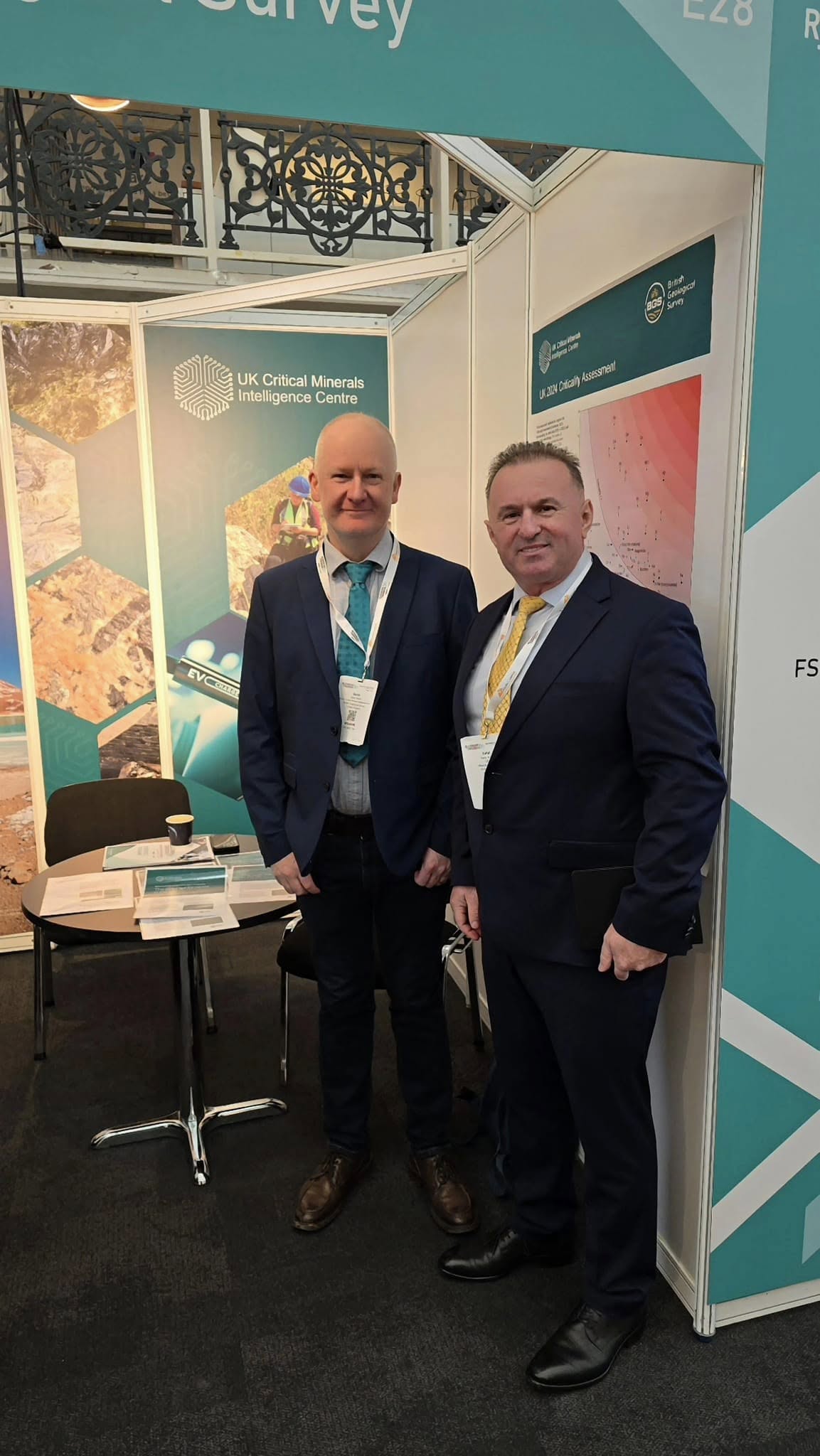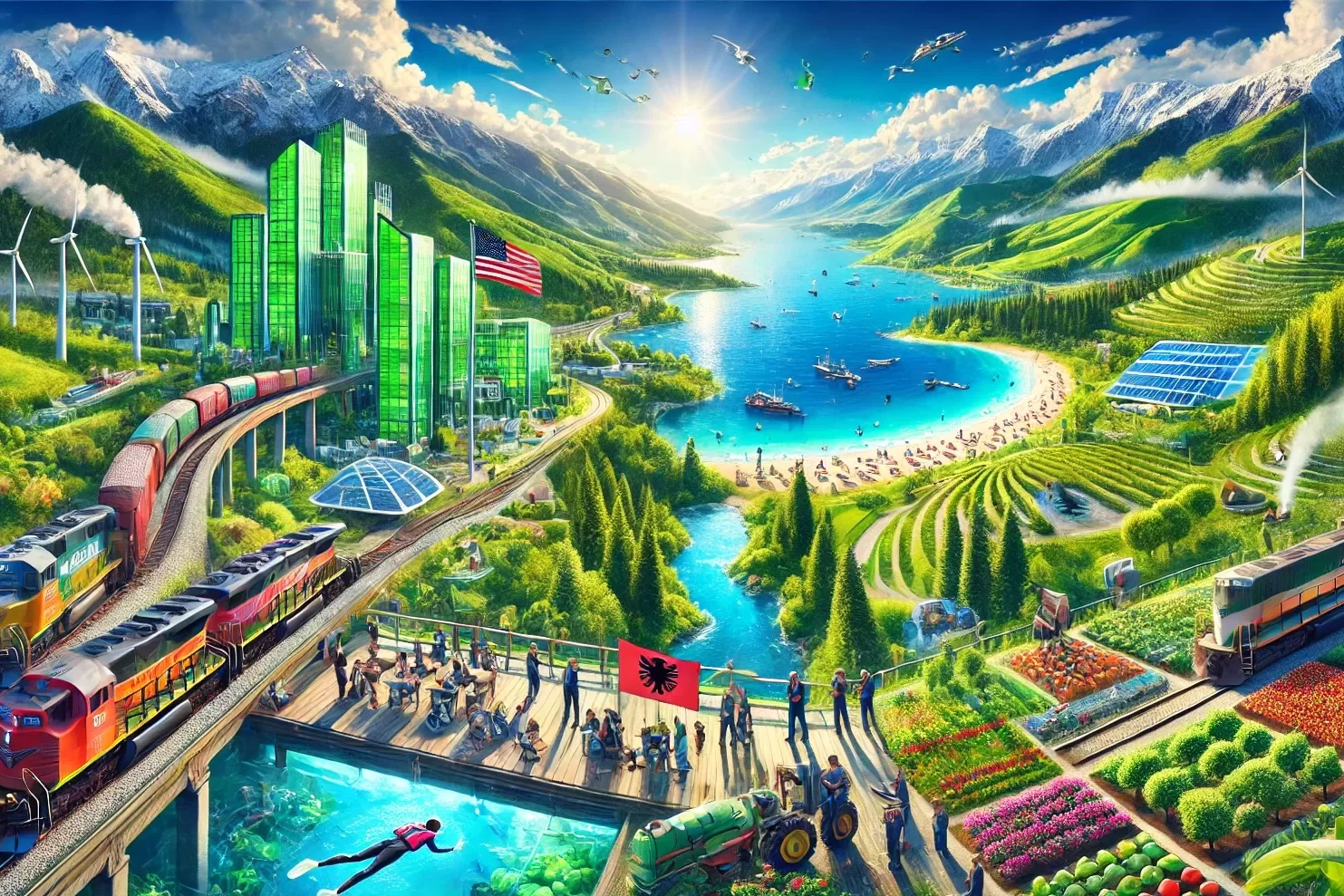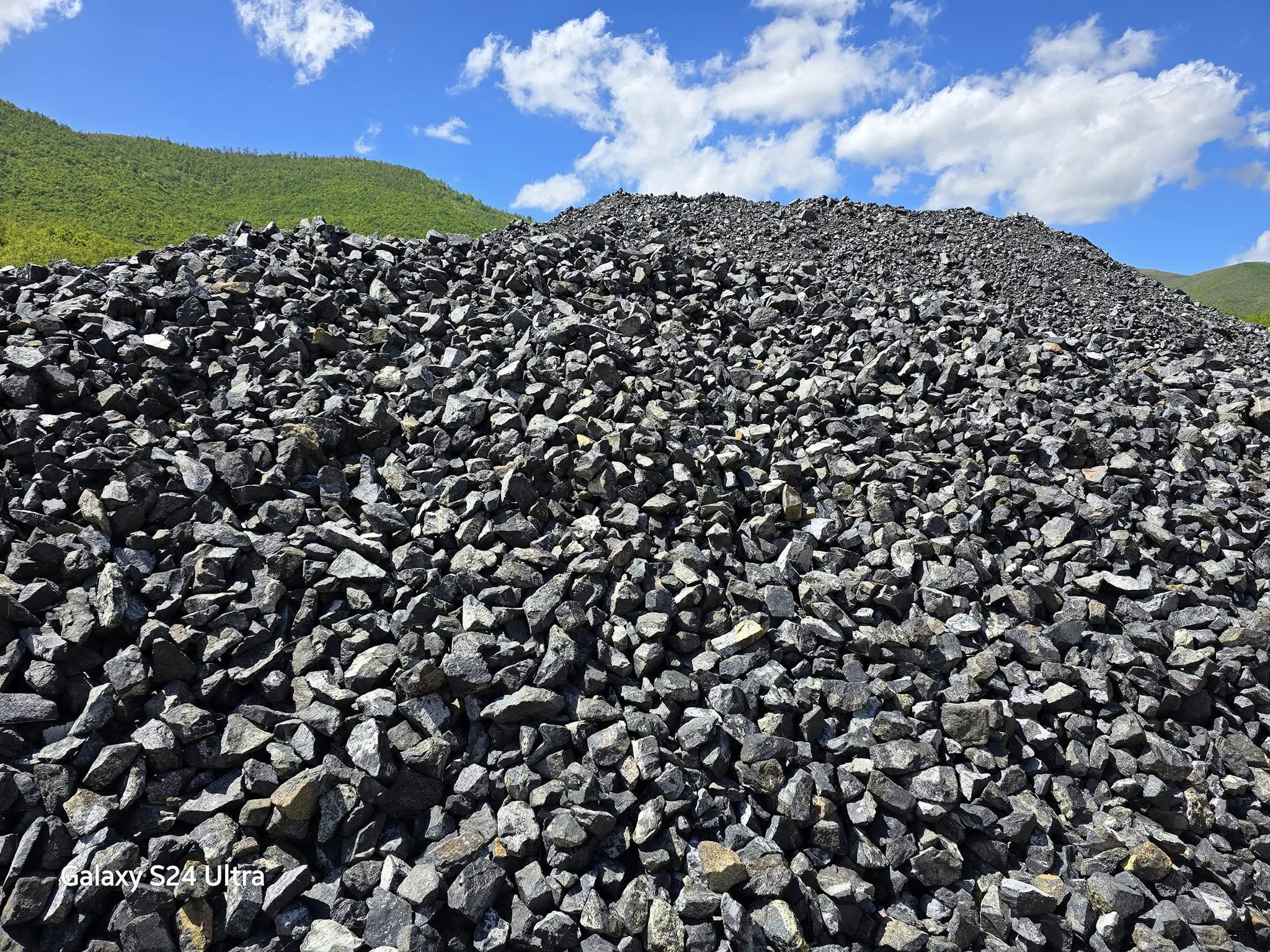
In the age of innovation, minerals and rare earth elements are no longer mere commodities; they are the lifeblood of the clean energy revolution. These invaluable elements, lithium, cobalt, copper, nickel, and the rare earths such as Neodymium, Dysprosium, graphite, aluminum, silver, silicon, magnesium, and titanium, are indispensable in the creation of technologies that promise to lead humanity toward a new era of reduced carbon footprints and sustainable energy. From electric vehicles (EVs) to renewable energy infrastructures and modern power grids, these minerals are the critical ingredients in the alchemy that will power a greener, cleaner world.
Yet, beneath this optimistic vision lies a profound challenge: the rapidly escalating demand for these minerals is not being met by an equally swift expansion in supply. This disjunction between demand and supply represents a formidable barrier to the success of the energy transition. In an era where the urgency to combat climate change is at its zenith, it is clear that securing the necessary minerals for this transition is no longer a choice, it is a global imperative.
Sahit Muja, in his conversation, stressed the pivotal role of the Securing Minerals for the Energy Transition (SMET) initiative, which stands as a beacon in this critical arena. The initiative’s importance cannot be overstated, as it seeks to address the complexities and risks inherent in the global race for these resources, while offering actionable strategies to ensure their sustainable and equitable distribution. According to Muja, the extensive adoption of low-carbon technologies hinges on the rapid scaling of critical mineral supplies, which must grow at an unprecedented pace if we are to meet global climate goals.
As the competition for self-sufficiency in these vital materials intensifies, nations, particularly the United States, are expanding their efforts to diversify sources and strengthen their supply chains. While the rising geopolitical tensions and economic rivalries may create challenges, Muja advocates for a collaborative approach that embraces a diversified global landscape for rare earths and critical minerals. He highlights the vast potential of minerals dispersed across various geographies, which can offer a balanced and resilient supply chain, minimizing the risk of monopolistic dominance and fostering a more sustainable, inclusive industry.
One of the most pressing issues, according to Muja, is the current dominance of China in the production of rare earth minerals. He underscores the need for global powers to invest in environmentally responsible extraction practices, ensuring that the pursuit of a green transition does not come at the expense of ecological integrity. As demand for these minerals continues to soar, the pace of supply expansion remains slow, presenting a significant challenge. Without swift action, the failure to bridge the supply-demand gap could result in catastrophic greenhouse gas emissions, undermining the very climate goals that the global community is striving to achieve.
The solution to this crisis lies not in isolation, but in a harmonious symphony of innovation, collaboration, and strategic foresight. The Securing Minerals for the Energy Transition (SMET) initiative has laid out a roadmap for overcoming these challenges, focusing on key strategies such as fostering social buy-in, standardizing practices, facilitating financing, encouraging innovation, and promoting the circular economy. Effective risk management, coordinated collective action, and the unyielding pursuit of sustainability will be essential to ensure the equitable and long-term supply of these critical minerals.
The urgency of addressing the critical minerals supply-demand gap cannot be overstated. This is not just an economic challenge, but a moral one. By fostering international cooperation, investing in sustainable extraction technologies, and deploying innovative solutions, we can pave the way toward a low-carbon energy future that aligns with our shared climate objectives.
In this intricate dance of supply and demand, environmental responsibility, and technological advancement, the path forward is clear: the time for concerted action is now. The future of clean energy lies in the delicate balance of strategic collaboration, innovative solutions, and global partnerships. This endeavor is not just an economic necessity; it is a moral imperative. It is a clarion call to action, urging us to embrace the transformative power of minerals in shaping a world that is not only sustainable but enduring, a vision that will echo through the corridors of time, inspiring generations to come.


